
Hi all! It’s wild that I have spent nearly 2 months in Madagascar on my first field season as a graduate student. In that time, I have met some incredible collaborators and friends and gotten my research projects off the ground, all while adjusting to the cold, rain, and occasional land leeches that Maromizaha Forest has to offer. Despite these challenges, spending time and working here has been amazing.
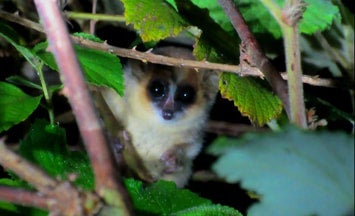
I largely spend my days in the forest on several major research activities that all contribute to my larger interests in understanding major ecosystem processes involving interactions between animals and plants across different forest types. One of the major components of this work is assessing the dispersal of seeds from tree and liana species. Many plant species, particularly in Madagascar, are able to reproduce with the help of frugivorous (fruit-eating) animals like birds and lemurs.
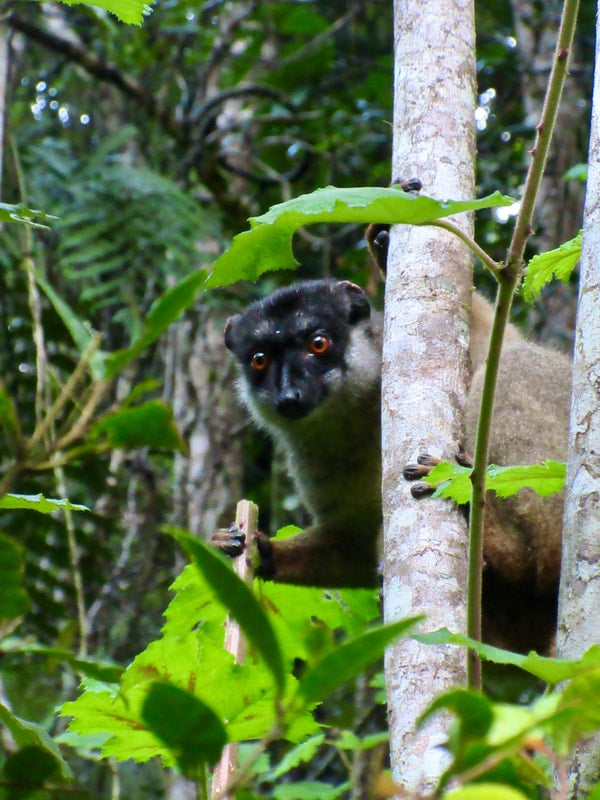
To assess possible seed dispersal, my team and I have set up mesh bags throughout our forest transects to trap falling fruits, seeds, and fecal deposits from animals. We check these traps weekly for samples and have found loose fruits and seeds from a variety of tree and liana species as well as scat from rodents, birds, and lemurs. We also evaluate the phenology (timing) of flowering and fruiting of hundreds of plant individuals from dozens of species on our survey transects to evaluate how these important processes change over the season and their possible influence on the samples we collect in our seed traps.
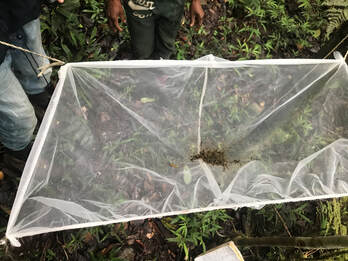
Another one of my major projects is conducting surveys along my study transects to document the lemur species present at each location. My team and I walk along these lines in the forest looking carefully for these animals at different times of day: mornings, afternoons, and nocturnal hours with the help of headlamps. Like our seed trap and plant phenology work, we are surveying across different forest management types, including Maromizaha’s core protected area, ecotourism zone, restoration sites, and natural regrowth (“savoka” in Malagasy) areas. A team from Rice University will be joining me in the field soon and will add an assessment of pollinator diversity and abundances to these projects. Comparing all of these metrics across these varying habitats has important implications for conservation, restoration, and local management of the resources here that are so vital to local communities.
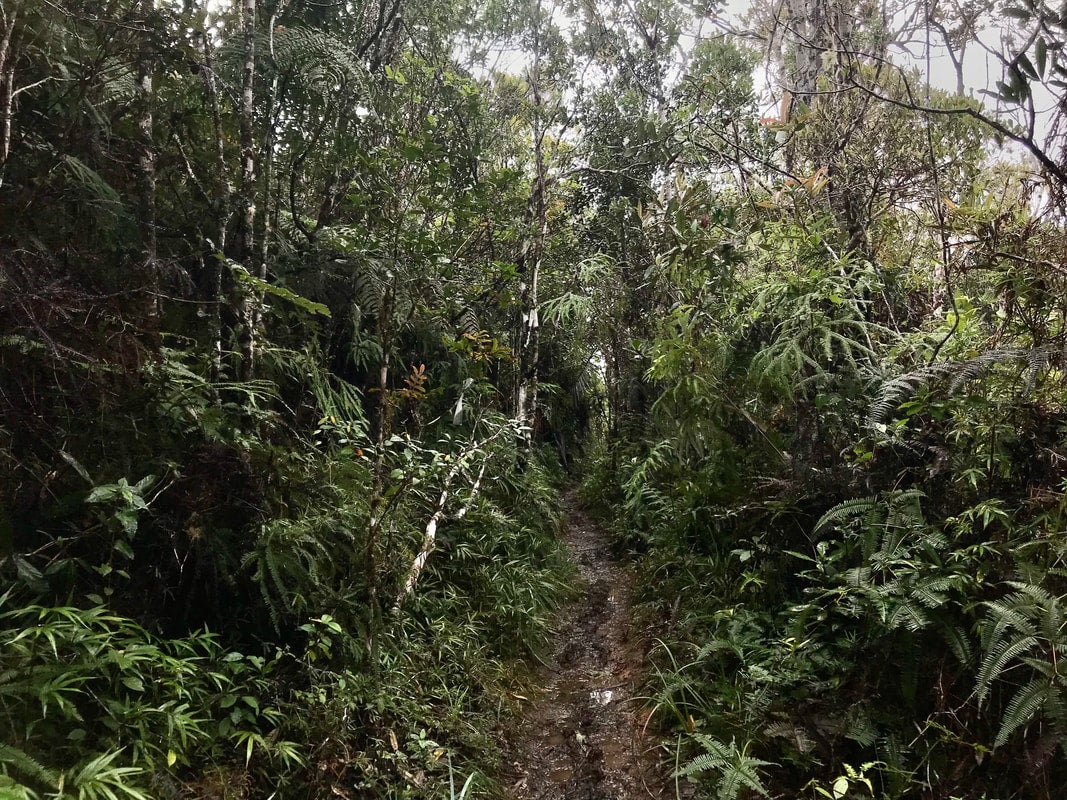
I am excited to continue my work and to have my advisor, Dr. Amy Dunham, as well as research assistants from Rice to join me for a couple of weeks at Maromizaha. Setting up new projects and building my team and collaborations has been challenging but so rewarding. I have learned a lot both about this incredible ecosystem and how to be a better field scientist through my experiences here so far and I am excited to share more through future posts!
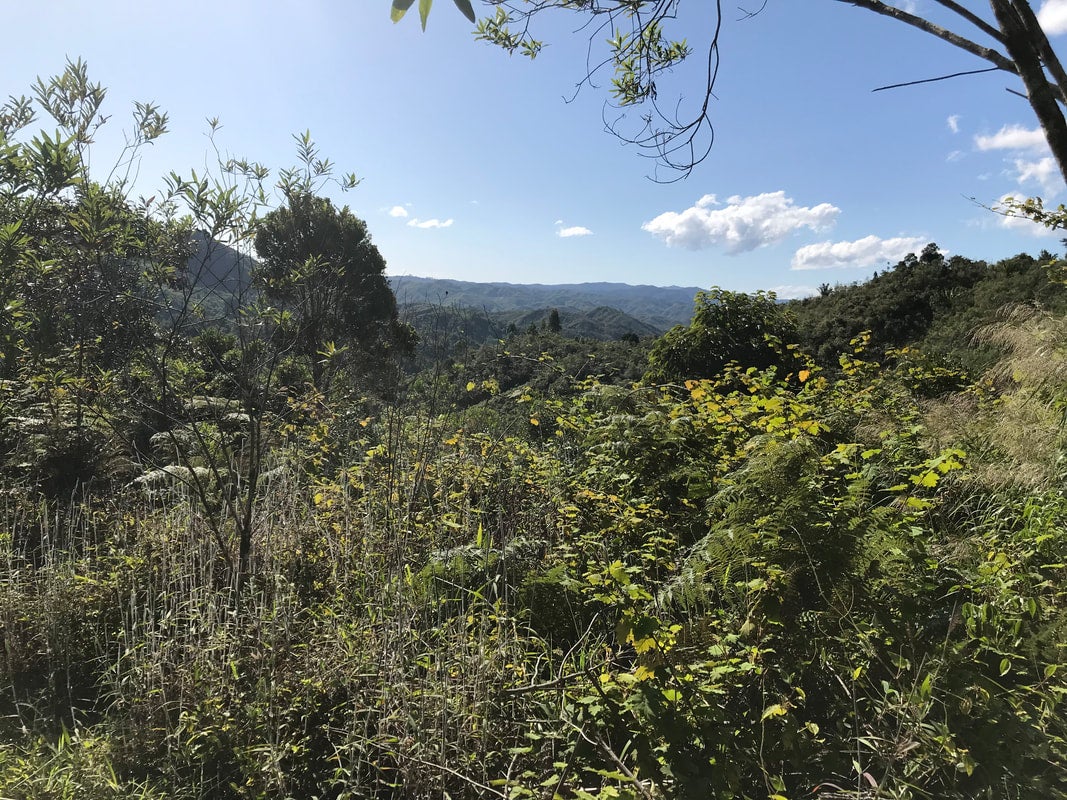
All of Eric's research blogs can be found here: https://ericwuesthoff.weebly.com/blog

